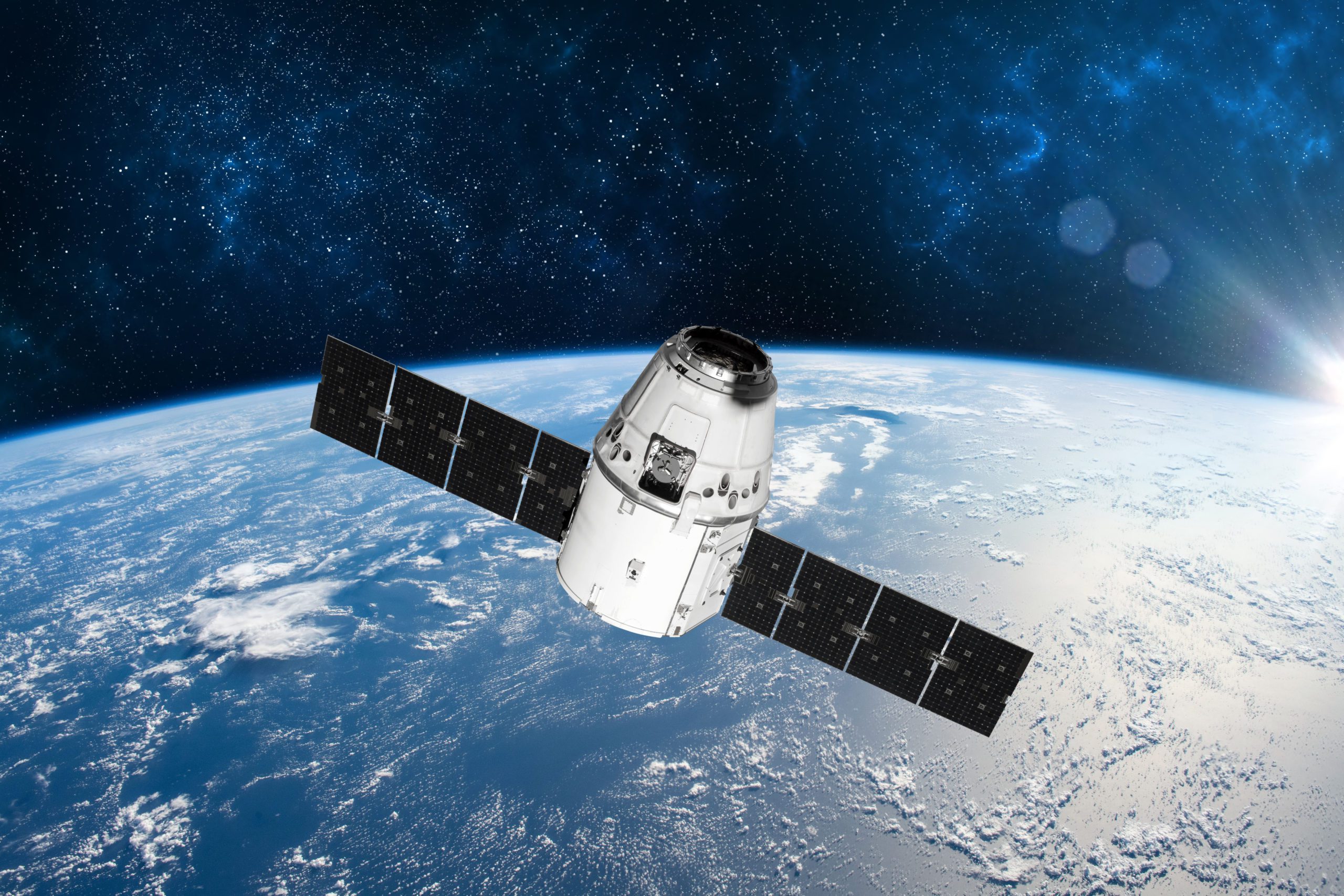Stottler Henke Wins Contract to Develop Software for Scheduling Astronaut Activities Aboard Next-Generation Spacecraft
United Space Alliance awards Stottler Henke $300,000 project
SAN MATEO, CA, March 23, 2006 – The United Space Alliance (USA) has engaged Stottler Henke Associates, Inc. to develop an in-flight version of its Aurora intelligent scheduling software for proposed use on board the United States’ next-generation manned spacecraft. The system is designed to be used by astronauts to schedule their activities on the Crew Exploration Vehicle (CEV), due to launch in 2008.
USA is a joint venture of Boeing Co. (NYSE: BA) and Lockheed Martin Corp. (NYSE: LMT) responsible for all human space flight operations in the United States. Stottler Henke received a 13-month, $300,000 development contract from USA.
Stottler Henke’s Aurora software will be an integral part of Temporis, a system USA is creating to streamline an extremely complex scheduling process with myriad constraints and dependencies. Using Temporis, astronauts themselves for the first time will be able to schedule all aspects of their in-flight lives – routine daily activities, space craft housekeeping, and conducting on-board experiments.
USA’s human spaceflight planning operations experience on the Shuttle and International Space Station programs have positioned USA to master future mission complexity. USA understands that scheduling activities aboard the CEV will be a multi-dimensional challenge because the spacecraft’s communication, power and motion at any given moment dictates what can or cannot be done on board at that time. For example, activities that require voice or data communication – such as some experiments and spacecraft maneuvers, or the crew’s daily medical consultation – depend on having a line of sight between the ship’s antenna and a communications relay satellite, which in turn depends on the CEV’s attitude and point in its trajectory. Similarly, certain astronomical observations require precise positioning of the ship. On the other hand, microgravity experiments require absolutely no spacecraft motion other than free float, nor any vibrations. Therefore, during those experiments, astronauts cannot use the ship’s thrusters to control its position – and they can’t even use the exercise bike.
“Temporis is a crucial piece of software that will enable the President’s Vision for Space Exploration,” Christopher Leslie, a senior mission planner at USA, said. “We are very excited about the prospect of devising a highly automated way of accomplishing this scheduling in-flight, by leveraging the work Stottler Henke already has done with Aurora.”
Currently in use at NASA at the Kennedy Space Center, Aurora is a sophisticated scheduling system that combines a variety of scheduling techniques, intelligent conflict resolution, and decision support to make Shuttle ground process scheduling faster and easier. The software’s scheduling decisions take into account resource requirements, a variety of constraints, and any pertinent domain knowledge.
Once Aurora has created a schedule, it displays it in a series of graphical images that allow the user to see the scheduled activities, resource allocations and the temporal relationships among the activities. This display also allows the user to edit the schedule directly, intuitively, and easily.
The new version of Aurora for Temporis will feature a flexible Java API (application programming interface) that allows GUI (graphical user interface) developers to easily specify activities, resources and constraints in Aurora. During scheduling, Aurora returns time and resource assignment updates through the API, along with any conflicts that were generated. The API allows astronauts to easily override the scheduler’s decisions. In addition to the API for GUI developers, the scheduling engine also allows programmers to plug in new, custom scheduling logic modules.
“Scheduling activities aboard the CEV that must satisfy complex resource and task constraints is precisely the type of challenge that Aurora is extremely well suited to handle,” Richard Stottler, president of Stottler Henke Associates, said. “We look forward to collaborating with USA to create the Temporis system, freeing up resources on the ground and empowering astronauts to be more self-reliant on future missions.”
Founded in 1988, Stottler Henke Associates, Inc. applies artificial intelligence and other advanced software technologies to solve problems that defy solution using traditional approaches. The company delivers intelligent software solutions for education and training, planning and scheduling, knowledge management and discovery, decision support, and software development. Stottler Henke’s clients include manufacturers, retailers, educational media companies and government agencies. Stottler Henke received a 2004 “Brandon Hall Excellence in Learning” award for innovative technology. For the past three consecutive years, Stottler Henke was named one of the “top 100” companies making a significant impact on the military training industry by Military Training Technology magazine, and in 2005 received a Blue Ribbon recognizing it as a company that leads the industry in innovation. Email: info@stottlerhenke.com. Web: https://www.stottlerhenke.com.
Media Contact:
Jim Ong
650.931.2710
ong@stottlerhenke.com
Would you like a FREE Demo? Contact Us
Please enter your contact details, company name and a short message below and we will answer your query as soon as possible.
Contact Us
